What Nd Filter To Use In Bright Sunlight ?
In bright sunlight, it is recommended to use a neutral density (ND) filter with a high density rating, such as ND8, ND16, or even higher. These filters reduce the amount of light entering the camera, allowing you to use slower shutter speeds or wider apertures without overexposing the image. The specific ND filter to use depends on the intensity of the sunlight and the desired effect you want to achieve. It is advisable to experiment with different ND filters to find the one that suits your needs and helps you achieve the desired exposure and creative effect in bright sunlight conditions.
1、 ND filter types and their light reduction capabilities
When shooting in bright sunlight, using an ND (Neutral Density) filter is essential to control the amount of light entering the camera and achieve proper exposure. The specific ND filter to use depends on the intensity of the sunlight and the desired effect.
ND filters come in various types, including ND2, ND4, ND8, ND16, ND32, and so on. Each type corresponds to a specific light reduction capability. For example, an ND2 filter reduces the light by one stop, an ND4 by two stops, and so on. The higher the number, the greater the light reduction.
In bright sunlight, it is common to use ND8 or ND16 filters, which reduce the light by three and four stops respectively. These filters are suitable for capturing well-exposed images without overexposing the highlights. However, the choice of filter also depends on the specific shooting conditions and the desired creative effect.
It is worth noting that some photographers prefer to use variable ND filters, which offer adjustable light reduction capabilities. These filters allow you to rotate the front element to vary the amount of light reduction, providing more flexibility in different lighting conditions.
The latest point of view on ND filters suggests that investing in high-quality filters is crucial to maintain image quality. Cheaper filters may introduce color casts or reduce sharpness. Therefore, it is recommended to choose reputable brands that offer multi-coated filters to minimize these issues.
Ultimately, the choice of ND filter in bright sunlight depends on the specific shooting conditions, desired exposure, and creative intent. Experimenting with different filters and their light reduction capabilities can help achieve the desired results.
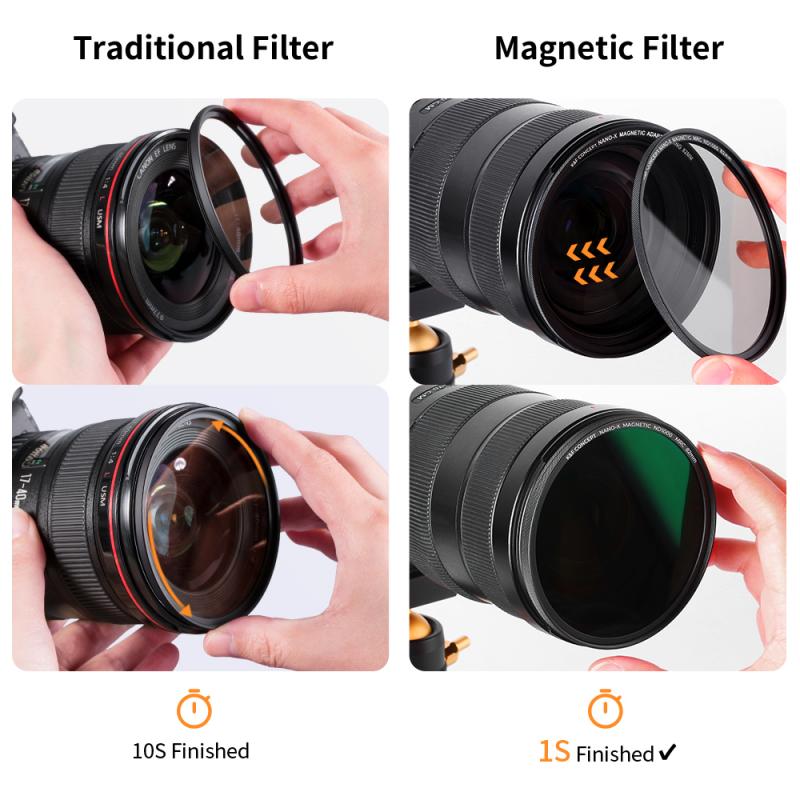
2、 Choosing the right ND filter strength for bright sunlight
Choosing the right ND filter strength for bright sunlight is crucial for achieving the desired photographic effects. ND filters, or neutral density filters, are designed to reduce the amount of light entering the camera lens without affecting the color or quality of the image. This allows photographers to use longer shutter speeds or wider apertures in bright conditions, resulting in creative effects such as motion blur or shallow depth of field.
In bright sunlight, it is recommended to use a higher ND filter strength to block more light. The most commonly used ND filter strengths for bright sunlight are ND8, ND16, and ND32. These filters reduce the light entering the lens by 3, 4, and 5 stops respectively. The choice of filter strength depends on the specific lighting conditions and the desired effect.
However, it is important to note that the appropriate ND filter strength may vary depending on the camera settings, the subject, and the photographer's artistic vision. Some photographers may prefer to use a higher ND filter strength to achieve a more dramatic effect, while others may opt for a lower strength to retain more detail in the highlights.
It is also worth mentioning that advancements in camera technology have led to higher ISO capabilities and improved dynamic range, allowing photographers to capture well-exposed images in bright sunlight without the need for extremely high ND filter strengths. Therefore, it is advisable to experiment with different filter strengths and camera settings to find the perfect balance between exposure and creative intent.
In conclusion, when shooting in bright sunlight, it is recommended to use ND filters with strengths such as ND8, ND16, or ND32. However, the choice of filter strength ultimately depends on the specific shooting conditions and the desired photographic effects. It is always beneficial to experiment and adapt to the latest advancements in camera technology to achieve the best results.
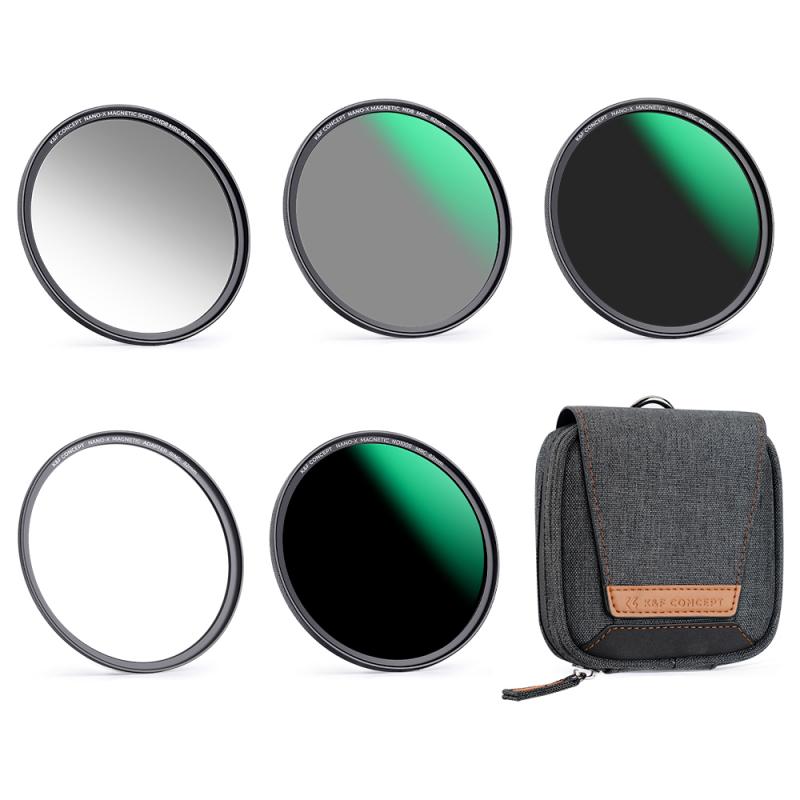
3、 Factors to consider when selecting an ND filter for bright sunlight
Factors to consider when selecting an ND filter for bright sunlight include the filter's density, quality, and compatibility with your camera lens. ND filters come in different densities, such as ND2, ND4, ND8, and so on, which indicate the amount of light they block. In bright sunlight, a higher density filter like ND8 or ND16 is typically recommended to reduce the amount of light entering the camera and allow for longer exposures or wider apertures.
The quality of the ND filter is crucial as it can affect the image quality. Cheaper filters may introduce color casts or reduce sharpness, so investing in a high-quality filter from a reputable brand is advisable. Additionally, consider the compatibility of the filter with your camera lens. Ensure that the filter size matches the lens diameter or use step-up rings to adapt the filter to different lens sizes.
Another important consideration is the type of photography you intend to do in bright sunlight. If you want to capture motion blur in landscapes or waterfalls, a higher density filter like ND16 or ND32 would be suitable. However, if you're shooting portraits or want to maintain a shallow depth of field, a lower density filter like ND4 or ND8 may be more appropriate.
It's worth noting that some photographers prefer using variable ND filters, which allow you to adjust the density by rotating the filter. This provides flexibility in different lighting conditions, but it's important to choose a high-quality variable ND filter to avoid issues like color shifts or vignetting.
Lastly, it's always a good idea to stay updated with the latest advancements in ND filter technology. Newer filters may offer improved color accuracy, reduced reflections, or better durability. Researching and reading reviews can help you make an informed decision based on the latest point of view in the market.
In conclusion, when selecting an ND filter for bright sunlight, consider factors such as density, quality, compatibility, and the type of photography you plan to do. Staying informed about the latest advancements in ND filter technology can also help you make the best choice for your specific needs.

4、 Popular ND filter brands for shooting in bright sunlight
When shooting in bright sunlight, using an ND filter is essential to control the amount of light entering the camera and prevent overexposure. The specific ND filter to use depends on the intensity of the sunlight and the desired effect.
One popular ND filter brand for shooting in bright sunlight is the B+W ND filter series. They offer a range of filters with different densities, such as ND2, ND4, ND8, and ND16, allowing photographers to choose the appropriate filter based on the lighting conditions. These filters are known for their high-quality glass and excellent light reduction capabilities.
Another well-regarded brand is the Lee Filters ND series. They offer a variety of filters, including the Big Stopper and Little Stopper, which provide significant light reduction for long exposure photography in bright sunlight. These filters are made from high-quality resin and are known for their color accuracy and minimal color cast.
The latest point of view in ND filters for shooting in bright sunlight is the use of variable ND filters. These filters allow photographers to adjust the density of the filter by rotating it, providing flexibility in controlling the amount of light. Brands like Tiffen and Hoya offer variable ND filters that are popular among photographers.
Ultimately, the choice of ND filter brand and density depends on personal preference and shooting style. It is recommended to invest in high-quality filters to ensure optimal image quality and minimal color distortion.
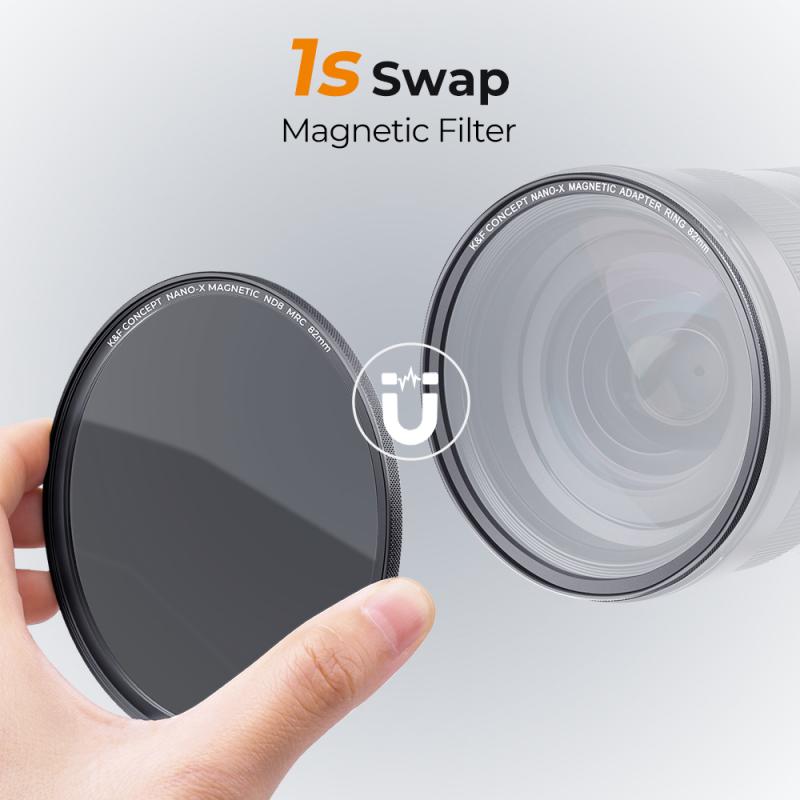




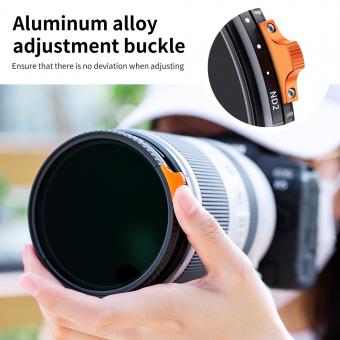

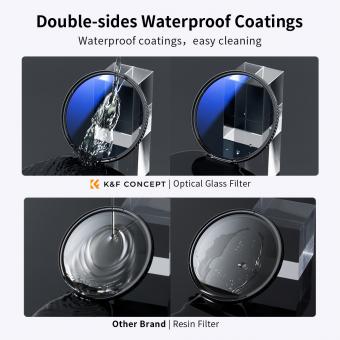
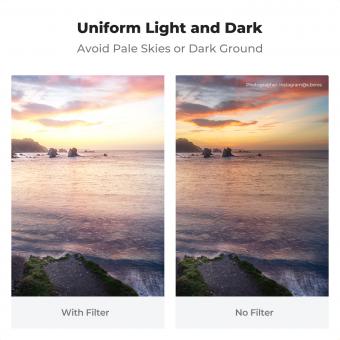







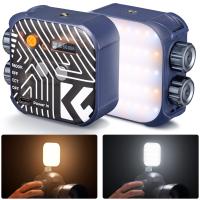
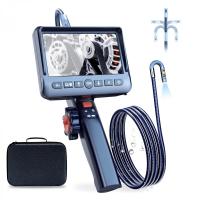
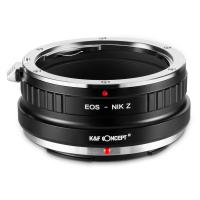
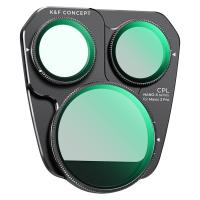
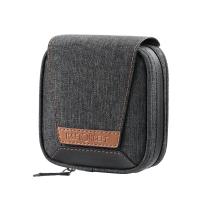
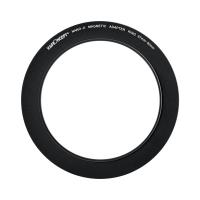
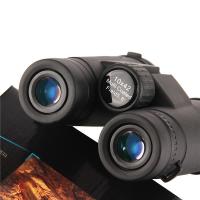
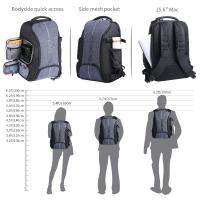
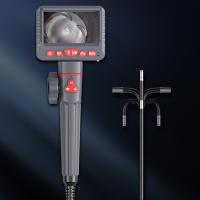
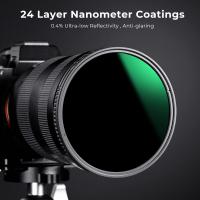
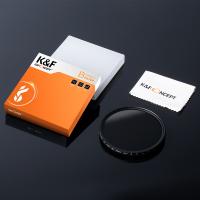
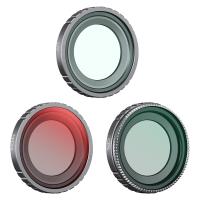

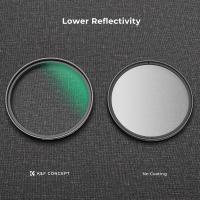
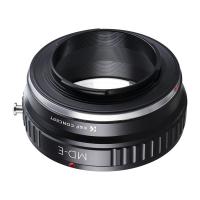
There are no comments for this blog.